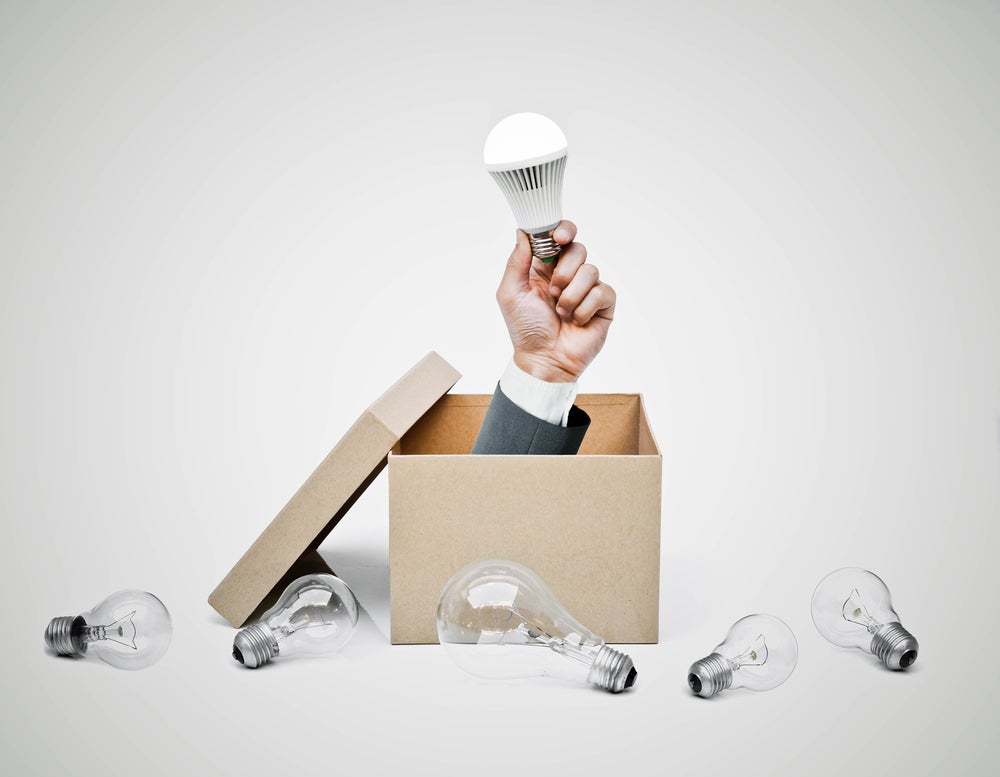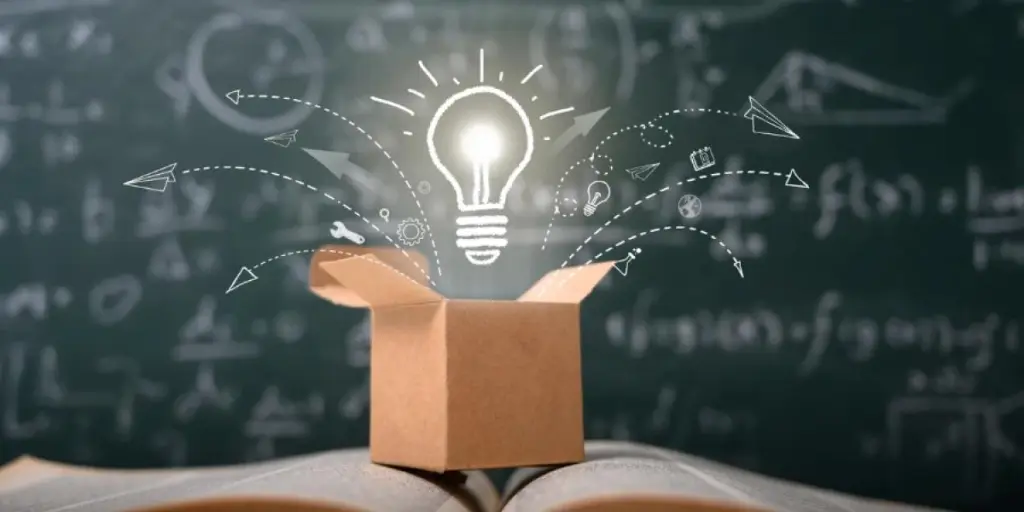Beyond its traditional role of safeguarding products, packaging is now a canvas for creativity and innovation.

In an ever-evolving world where sustainability, efficiency, and consumer preferences shape industries, the packaging sector finds itself at a fascinating crossroads.
As packaging professionals, you are at the forefront of this exciting transformation.
The future of the packaging industry is a dynamic landscape filled with innovative materials, smart technologies, and consumer-centric designs. Let’s delve into what’s in store for this remarkable industry.
Sustainability innovation: greening the packaging industry
The first major shift in the packaging industry’s future is an unwavering commitment to sustainability. As environmental concerns continue to rise, packaging professionals are increasingly focused on creating eco-friendly solutions.
One key trend is the development of biodegradable materials, such as plant-based plastics and mushroom packaging, which promise to replace traditional petroleum-based plastics.
These materials not only reduce environmental impact but also cater to the growing consumer demand for sustainable options.
Furthermore, companies are investing in advanced recycling technologies, like chemical recycling, which can break down plastics into their original components for reuse.
Sustainable packaging designs, such as minimalist packaging and compact designs, reduce waste and promote eco-consciousness.
Smart packaging: the rise of interactive experiences
The future of packaging innovation is also set to become smarter and more interactive across the industry. Innovations like QR codes, RFID tags, and augmented reality (AR) applications are transforming packaging into a tool for engaging consumers.
Imagine a world where scanning a QR code on a product’s packaging instantly provides customers with detailed information about the product’s origin, ingredients, and even recipe ideas.
Tetra Pak and Appetite Creative recently collaborated on smart packaging which offers a web app-based connected experience leveraged via an on-pack QR code.
Smart packaging enables brands to build stronger connections with consumers, fostering trust and loyalty.
Additionally, AR technologies allow consumers to virtually “try before they buy.” By scanning a product’s packaging with their smartphones, customers can visualise how a piece of furniture fits in their living room or how a pair of shoes complements their outfit.
This immersive shopping experience is changing the way consumers interact with products and make purchase decisions.
Customisation and personalisation: packaging as a canvas
In the future, packaging will not only be about protecting products but also about telling a unique story and creating memorable experiences. Customisation and personalisation will play a pivotal role in achieving this.
Brands are embracing digital printing technologies that enable them to produce short runs of highly customised packaging. This allows them to target specific consumer segments and create limited-edition packaging for special occasions or collaborations.
Personalised packaging fosters a sense of exclusivity and connection with the brand, making it a valuable marketing tool.
In conclusion, the future of the packaging industry is an exciting journey into sustainability, smart technologies, and the art of storytelling through customised packaging.
Packaging professionals have the opportunity to lead this transformation, shaping an industry that not only protects products but also enriches the consumer experience.
Embrace these changes, and the future of packaging industry innovation will be a vibrant and rewarding adventure.
Source from Packaging Gateway
Disclaimer: The information set forth above is provided by packaging-gateway.com independently of Alibaba.com. Alibaba.com makes no representation and warranties as to the quality and reliability of the seller and products.




